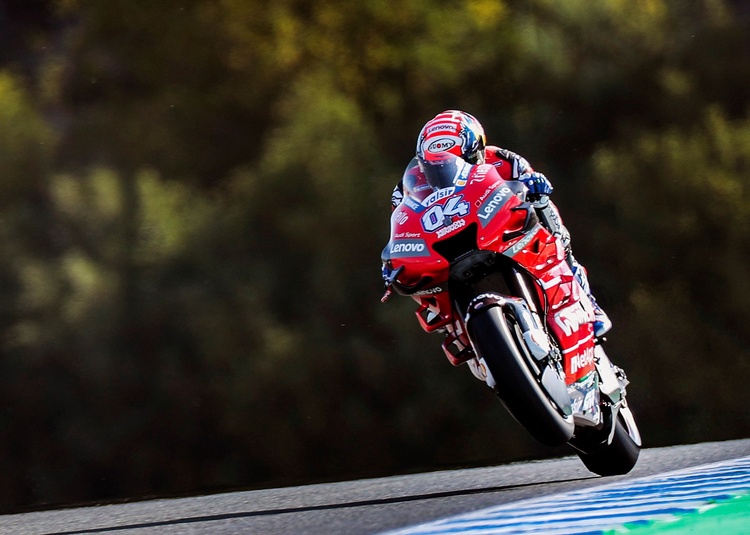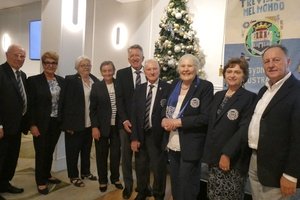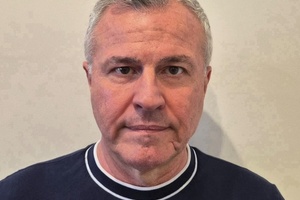When you think Ducati, you think fast, red, Italian and quite good looking.
But before these beastly motorbikes kissed the dirt roads of Italy in the 1950s, the Ducati name was famed for electronics and mountable hand size push bike engines.
Other Grand Prix teams such as Honda, Yamaha, and Suzuki had been competitively involved in Grand Prix motorcycle racing for decades.
Honda entered as early as 1959, and Yamaha and Suzuki had taken titles by the 1970s.
But Ducati is one of the newer kids on the block.
It was only 18 years ago that Ducati Corse unveiled their first Ducati MotoGP motorbike at the 2002 Mugello GP.
To celebrate the countdown to the 2019 Mugello MotoGP, we dive into Ducati Corse’s history books, for some fun facts you may not know about the Italian manufacturer.
Ducati entered the MotoGP in 2003
The Ducati brand is 93 years old.
It was founded in 1926 in Bologna, Italy, which has remained as the location of Ducati’s headquarters.
It wasn’t until 1950 that Ducati began to try their hand at creating motorcycles, splitting the company into two different units to focus on motorbikes separately to their line of electronic products.
Ducati entered the Superbike World Championship in 1988, but it’s still young in the world of Grand Prix racing.
Ducati Corse, the brand’s racing team division, did not enter the Grand Prix stage until 2003.
Return of the four-stroke in Grand Prix Racing
If you’re wondering why it took Ducati Corse so long to join the Grand Prix, here’s your answer: four-stroke.
In 2002, technical rule changes competitively pulled four-stroke engines back into the premier class of the GP after 25 years.
Before this, four-strokes were allowed but bikes were limited to 500cc.
And two-strokes, although very tricky to control, were viciously more powerful and much lighter to handle than a four-stroke engine.
Every team, Honda, Yamaha, Suzuki and MZ opted for 500cc two-stroke engines until 2002 when the selection changed to allow either a 500cc two-stroke or a 990cc or less four-stroke bike.
By 2003 no two-stroke machines remained in the premier class, with all teams opting for four-stroke engines.
Ducati took the chance to be competitive, showcasing their first four-stroke MotoGP bike in 2002 at the Mugello GP, entering the 2003 season with Australian rider, Troy Bayliss and Italian, Loris Capirossi.
Impressively, they were placed second in the Manufacturer’s Championship in their debut year.
Ducati wins MotoGp championship
In 2007, Ducati won their first and only championship to date with Australian rider, Casey Stoner.
The championship was won in Japan, three rounds before the season’s closing race in Valencia, Spain.
Even though Stoner crossed the finish line in sixth position at the Japanese GP, his championship points became untouchable and together both rider and team celebrated their maiden wins.
A craftsman’s dream
Ducati’s are really expensive.
Every single Ducati is made by hand, not just their racing bikes.
That’s correct: Italian craftsmanship continues to nestle these fine aluminium machines into roaring beasts and we couldn’t imagine it any other way.
All MotoGP bikes are estimated at costing around $2 million each.
The bikes require specific materials and are hand-built.
Individually made engines can cost $200,000, with front forks not shy of the $100,000 mark.
Italian GP with Italian riders for Ducati
In just under three weeks’ time, the Italian GP will light up and throttles will churn for one of the most spectacular circuits on tour.
Located in the Tuscan hills, Mugello attracts a legion of fans from across Italy and neighbouring European countries.
Among commentators and fans it is considered to be one of the most spectacular MotoGP races to attend, attributed to several factors - atmosphere, Valentino Rossi and the circuit itself.
The Mugello circuit has been a part of the tour since 1994 and holds the longest straight on the calendar at 1.141 kilometres in length.
Ducati will double up on the home advantage here, with both their riders being Italian.
Andrea Dovizioso and Danilo Petrucci will enjoy the eruption and support of the crowd, particularly the dedicated Ducati Grandstand.
The Ducati Grandstand, located at Correntaio curve, is hot territory for any Ducati fan and tickets are secured one whole year in advance.
In recent years, Ducati have secured quite a good record here, having placed first and second last year with Jorge Lorenzo and Dovizioso, respectively.
Dovizioso took the crown the year prior.
Watch the Italian GP live on Sunday, June 2, 2019, at 10:00 pm AEST.












